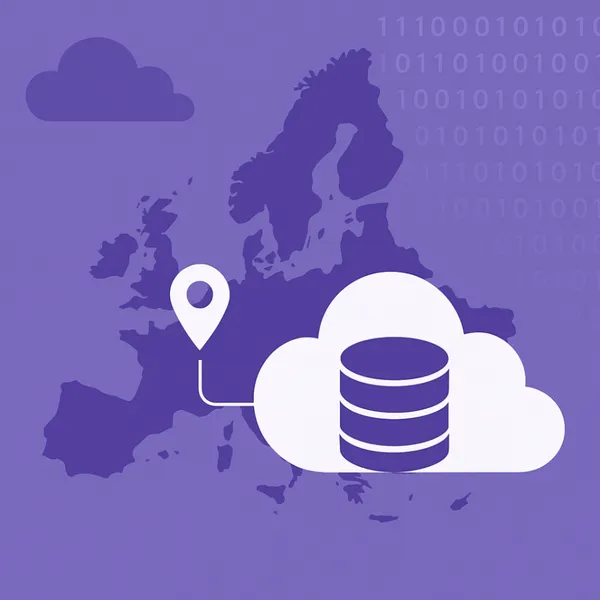
Knowledge base
September 05, 2024
How Do You Map Your Interests to be Protected?
In the modern digital world, it is essential to properly protect your organization’s interests.
Whether you run a small business or are part of a large corporation, understanding and mapping out your interests to be protected is the first step to effective security.
In this blog post, we’ll take you through the key steps you can take to successfully complete this process.
1. What are interests to be protected? 🤔
Protectable interests are all the values, assets and processes within your organization that are essential to its functioning and survival.
This can range from financial data to intellectual property and from customer information to your brand’s reputation.
- Assets: Consider physical property, such as buildings and machinery, as well as digital assets, such as servers and software.
- Data: Both business data (financial reports, strategic plans) and personal data (customer and employee information).
- Processes: All business processes that contribute to the daily operation of your organization.
2. Why is it important to identify these interests? 🛡️
Identifying your interests to be protected helps you take targeted security measures.
By knowing exactly which parts of your organization are critical, you can better assess risks and prioritize your security strategy.
This is especially important given the NIS2 directive, which requires entities to take appropriate and proportionate measures to protect your interests.
- Risk management: Understanding your key interests allows you to identify potential risks early.
- Targeted protection: You can focus your security tools and strategies on the most vulnerable and valuable parts of your organization.
- Compliance: Meeting legal and industry standards becomes easier when you know what data and processes to protect.
3. How do you map out your interests to be protected?
🗺️
Here is a simple step-by-step approach to help you identify your interests to be protected:
- Identify all critical assets: Take an inventory of everything valuable to your organization, both physical and digital.
- 📋 Step 1: Make a list of all your physical and digital assets.
- 💾 Step 2: Write down what information and processes are essential to the continuity of your business.
- Determine the value of these assets: Not all assets are equally important.
Prioritize them based on their value to your organization.- 💰 Step 3: Assess the financial value of each asset.
- 📈 Step 4: Consider the impact on your business if a particular asset is lost or damaged.
- Analyze risks: Map what threats exist to each of your critical assets.
- ⚠️ Step 5: Identify potential threats such as cyber attacks, natural disasters or human error.
- 🔍 Step 6: Evaluate the probability and potential impact of these threats.
- Implement security measures: Apply targeted security measures to the assets that are most vulnerable.
- 🔒 Step 7: Provide physical security (e.g., locks and surveillance systems).
- 🛡️ Step 8: Implement digital security (such as firewalls and encryption).
- Document and maintain: The work doesn’t stop after you have everything mapped out.
Regular maintenance and updates are essential.- 📑 Step 9: Keep an up-to-date document of your interests to be protected and the measures taken.
- ♻️ Step 10: Review and update your strategy regularly to make adjustments as needed.
Conclusion: Ensure Optimal Protection With ALTA-ICT 🛡️
Identifying and protecting your interests is essential to a secure organization.
At ALTA-ICT, we offer a Platinum Modern Workplace with built-in governance standards to take your security to the next level. Need help? Contact us to find out how we can support you in implementing an effective governance strategy.
Together, we’ll make your organization stronger and more secure. 🚀
Want to know more?

Related blogs
Tech Updates: Microsoft 365, Azure, Cybersecurity & AI – Wekelijks in je Mailbox.



